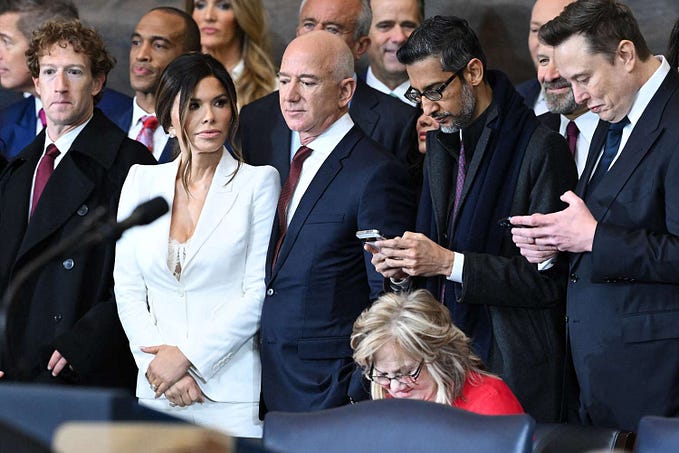Packet-Switching Patent Revealed!
April 1, 2023
Today a previously secret patent filing by Amazon.com Inc. was uncovered. To quote from the patent:

This invention relates to a packet-switching network, and more particularly to a method for routing physical packets through a packet-switched network.
A conventional packet-switched delivery system typically includes a plurality of interconnected node elements, each of which includes a processor capable of receiving, routing, and forwarding packets along at least one link. The processor of each node element is typically responsible for locating the destination address of a given packet and establishing a route from the source to the destination address. A route through the network thus created may comprise several nodes and it may include intermediate routing nodes at which packets are temporarily stored for further processing.
The present invention provides a peer-to-peer means for routing physical packets through a dynamic packet-switched network in a more efficient manner than conventional methods. Specifically, the present invention comprises a method wherein participating node elements (automobiles, labeled “A” in Figure 1) will broadcast their current planned route to nearby nodes. Based upon this information, the method determines a route through the network that delivers the packet to its destination.
Packets are initially loaded into a node’s basket (labeled “B” in Figure 1) and whenever a node is in immediate proximity of another node whose broadcasted route will bring it closer to the package’s destination, the first node will use a Car Augmentation Top-mounted Automated Package Upload and Transfer Tool (or CATAPULT, labeled “C” in Figure 1) to transfer the package to the basket (“B”) of the second node. Through its use of efficient routing, the present invention streamlines the packet delivery process, thus improving overall performance and reliability.
The patent appears to be an innovative way to reduce transportation costs and pollution (as well as pesky labor disputes) by replacing delivery trucks and drivers with a peer-to-peer network of customers who were already on the road anyway, and collectively were driving to the places the packets need to go.
Since packet loss would be a considerable negative, it is expected that the TCP protocol with the synchronize-acknowledge handshake will be used rather than the UDP protocol.
Below is a depiction of packet-switching in action:

Articles in this Series
April 1 2016: Go, Dog. Gauguin! The P. D. Eastman Story
April 1 2017: Last Tweets of the Krell
April 1 2018: Functional Lifestyles
April 1 2020: Hope I Incorporate Before I Get Old
April 1 2021: Hamilton: The Mathematical Musical
April 1 2023: Packet-Switching Patent Revealed!
April 1 2023: New Python Operators!









